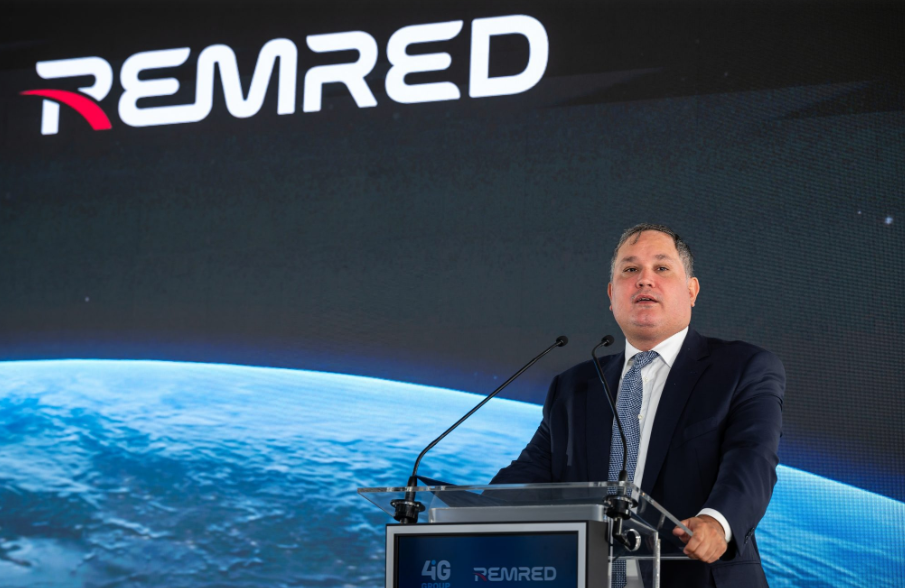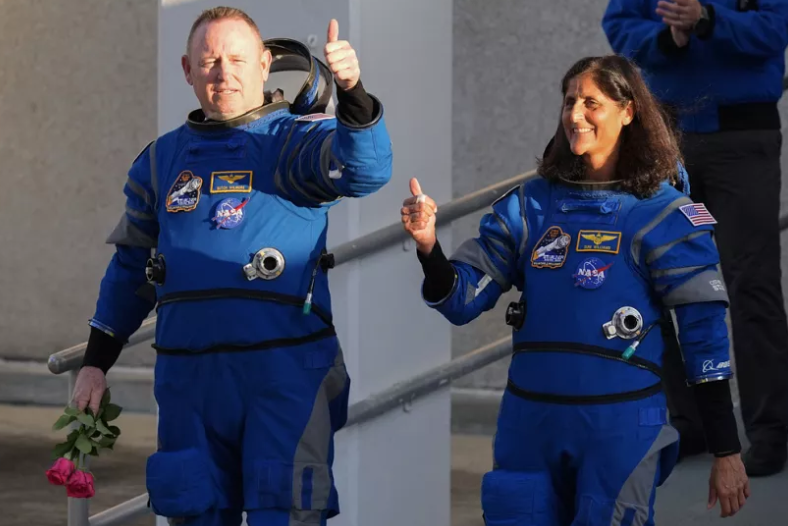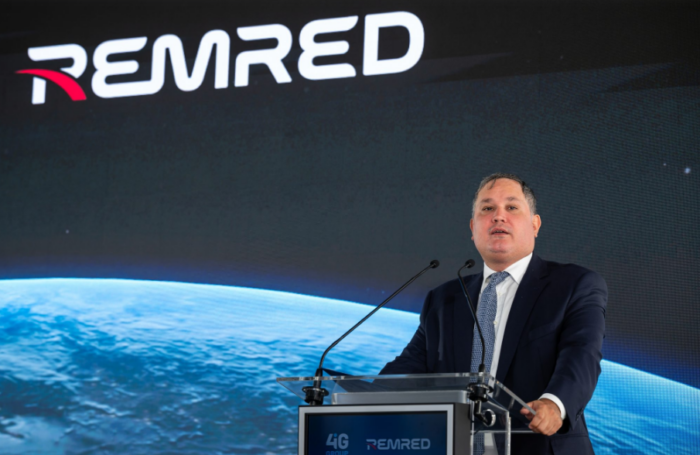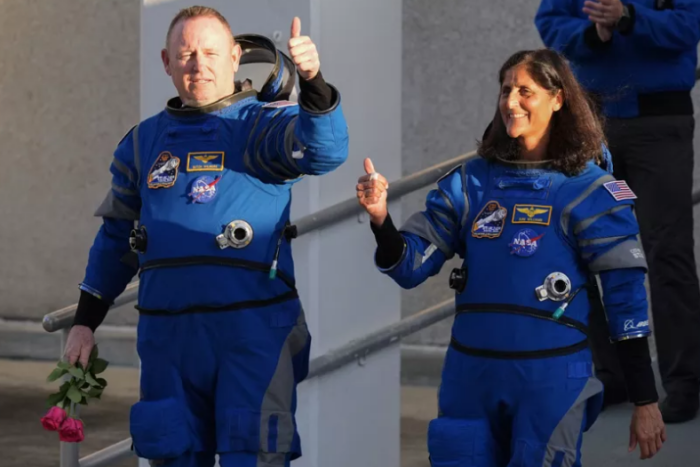Stepping into the forefront of the Philippine space narrative, the head of the Philippine Space Agency (PhilSA) has expressed gratitude for President Ferdinand R. Marcos Jr.’s unwavering support for the space sector, a gesture deeply rooted in the understanding that “space is an integral facet of the ongoing digital transformation.”
In an interview with the Philippine News Agency (PNA) on August 8, PhilSA Director General Joel Marciano Jr. underscored the President’s recognition of the pivotal role played by space technologies in the nation’s progress, affirming that these advancements stand as crucial tools for shaping the country’s future.
Essential Instruments
“The President grasps the significance of these (space) technologies as essential instruments for nation-building,” said Marciano, highlighting a broader perspective on how the convergence of space and digital landscapes can drive societal evolution.
Elaborating on this transformative synergy, Marciano continued:
“The concept of space has become a cornerstone in the nation’s digital transformation, extending beyond the realm of records digitization. The larger narrative encompasses the utilization and accessibility of data, with space serving as a profound source of such invaluable information.”
In a significant stride, President Marcos designated August 8 to 14 as “Philippine Space Week,” a dedicated initiative aimed at fostering space awareness among the Filipino populace. The observance of this week-long event aims to underscore the remarkable impact of space science and technology applications on the socioeconomic advancement of the Philippines.
MULA
It is noteworthy to recall President Marcos’s resolute endorsement of the MULA satellite project, slated for launch in 2025. This groundbreaking undertaking encompasses the creation of the largest Earth observation satellite by the Philippines, boasting a weight of 130 kg and featuring a TrueColour camera proficient in capturing approximately 73,000 square km within a 24-hour window.
The data harnessed from the MULA satellite is anticipated to play a pivotal role in bolstering the nation’s food security, fortifying disaster resilience, safeguarding the environment, and enhancing national security.
As the Philippine Space Week takes center stage, Marciano elucidated that the occasion serves as a platform to illuminate the nation’s strides in space technology and foster a collective understanding of the necessity to elevate capabilities to parallel those of global counterparts.
“These technological innovations hold the potential to surmount the challenges confronting our nation,” said Marciano, reinforcing the multifaceted advantages that space technology presents in addressing pivotal concerns related to environmental conservation, territorial integrity, disaster management, livelihood enhancement, productivity augmentation, and overall resilience — a comprehensive strategy underpinning national development and security.
Formalized Partnerships
In a recent development, PhilSA formalized partnerships with various government entities, including the Department of Budget and Management (DBM), Land Bank of the Philippines (LBP), the Department of Science and Technology-Advanced Science and Technology Institute (DOST-ASTI), Mindanao Development Authority (MinDA), and the Department of Agriculture-Bureau of Fisheries and Aquatic Resources (DA-BFAR).
One such collaboration, the Digital Information for Monitoring and Evaluation (DIME) project in partnership with DBM, seeks to revolutionize the supervision of government assets and projects through the utilization of satellite-derived data and imagery. This undertaking holds the promise of reducing expenses associated with field-based validations while ensuring judicious utilization and allocation of public funds.
Furthermore, PhilSA’s alliances with LBP and DOST-ASTI are poised to harness space data and analytics for financial applications, manifesting a concerted effort to amalgamate space-oriented technologies with financial efforts. This collaboration is marked by the intent to facilitate joint research, data exchange, training symposia, and more.
In a parallel vein, PhilSA’s collaborative venture with MinDA underscores a dedication to research and development initiatives, designed to expedite socio-economic progress in Mindanao. The brainchild of this collaboration, aptly titled the PhilSA Integrated Network for Space-enabled Actions towards Sustainability (PINAS) Mindanao, accentuates the growing importance of geospatial data in the formulation of local governance strategies, planning, and monitoring.
Further emphasizing the agency’s multifaceted engagement, PhilSA’s partnership with BFAR embraces the implementation of remote sensing and data science applications to enhance fisheries management. Satellite-derived images will play an instrumental role in the preservation and sustainable utilization of the Philippines’ marine resources.
In the realm of remote sensing — data acquisition relating to the Earth’s surface — high-resolution satellite cameras stand as indispensable tools, encapsulating the intricate intersection of space technology and environmental stewardship. As the Philippines embraces these transformative initiatives, the nation charts an inspirational trajectory that marries space exploration with digital innovation, propelling the country toward a future characterized by enhanced progress, security, and prosperity.
SOURCE: PNA
Featured image: PhilSA log. Credit: PhilSA
Share this article:








